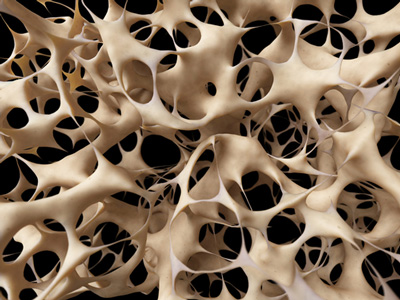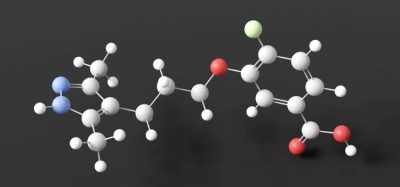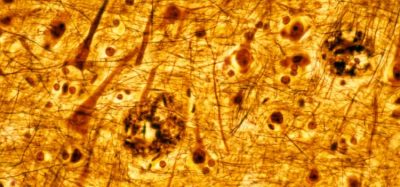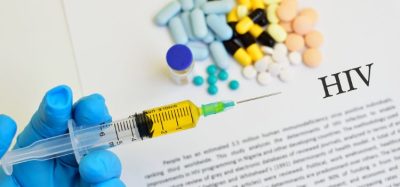Positive top-line results for romosozumab FRAME study
Posted: 23 February 2016 | | No comments yet
The Phase III FRAME study evaluated UCB and Amgen’s romosozumab in postmenopausal women with osteoporosis…


UCB and Amgen have announced top-line results from the Phase III FRAME study romosozumab in postmenopausal women with osteoporosis.


These data showed FRAME met the co-primary endpoints by reducing the incidence of new vertebral fracture through months 12 and 24 in postmenopausal women with osteoporosis treated with romosozumab.
The study also met the secondary endpoint of reducing the incidence of clinical fractures (composite of vertebral and non-vertebral fractures) in postmenopausal women with osteoporosis through 12 months. However, the secondary endpoint of reducing the incidence of non-vertebral fractures through months 12 and 24 was not met.
Commenting on the top-line results, Professor Dr Iris Loew-Friedrich, Chief Medical Officer and Executive Vice President, UCB, said: “These data are encouraging and in meeting the co-primary endpoints of this study, romosozumab has shown to be effective in reducing the incidence of new vertebral fractures at months 12 and 24 and for clinical fractures as early as 12 months. Deeper understanding of the results will help us sharpen the profile of romosozumab in postmenopausal women with osteoporosis.”
Romosozumab reduced new vertebral fracture risk as soon as 12 months
Results from the FRAME study showed that women receiving subcutaneous injection of romosozumab monthly experienced a statistically significant 73% reduction in the relative risk of a vertebral fracture through 12 months compared to those receiving placebo. The effect size persisted after both groups were transitioned to denosumab through the second year of treatment. Specifically, through month 24, romosozumab followed by denosumab reduced the relative risk of new vertebral fractures by a statistically significant 75% compared to placebo followed by denosumab. Additionally, patients receiving romosozumab experienced a statistically significant 36% reduction in the relative risk of a clinical fracture through 12 months compared to those receiving placebo.
“A vertebral fracture due to osteoporosis can be a life-altering event and the risk of these kinds of fractures will be a growing burden as our society ages,” said Sean E. Harper, M.D., executive vice president of Research and Development at Amgen. “These data show that romosozumab reduced new vertebral fracture risk as soon as 12 months.”
The percentage of patients with adverse events and serious adverse events in the 12-month double-blind period and 24-month study period were balanced overall between the treatment groups. In the initial 12-month treatment period, the most commonly reported adverse events in both arms (greater than 10%) were arthralgia, nasopharyngitis and back pain. Injection site reactions were reported in 5.2% of patients in the romosozumab treatment group and 2.9% in the placebo group during the 12-month period. Most injection site reactions were reported as mild in severity. Sub-studies evaluating hearing loss and worsening of knee osteoarthritis showed no difference between the treatment groups. There were two positively adjudicated events of osteonecrosis of the jaw in the romosozumab treatment group, one after completing romosozumab dosing and the other after completing romosozumab treatment and receiving the initial dose of denosumab. There was one positively adjudicated event of atypical femoral fracture after three months of romosozumab treatment.
UCB and Amgen say further analysis of the FRAME study data is ongoing and will be submitted to a future medical conference and for publication. The companies plan to discuss the results with global regulators in anticipation of a potential filing in 2016.









